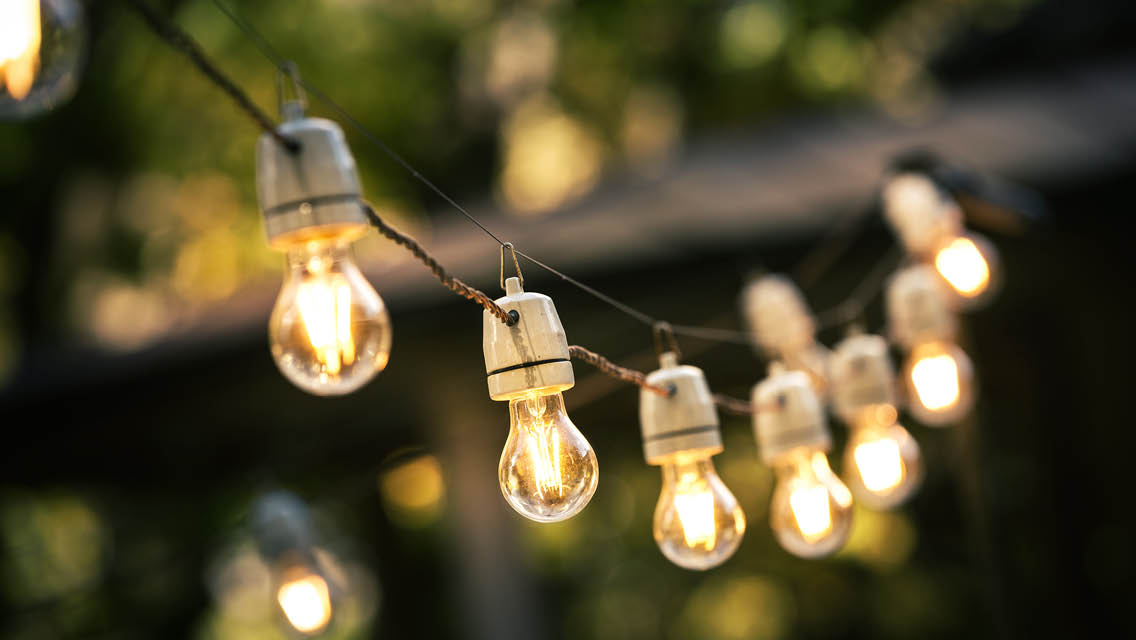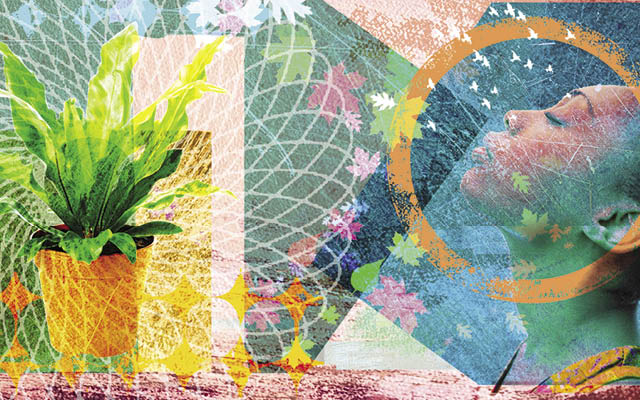Seeing stars has become so rare, it now needs protecting. In 2020, Voyageurs National Park in northernmost Minnesota was certified as an International Dark Sky sanctuary, one of only 14 such refuges in the world. This preservation effort comes thanks to the International Dark-Sky Association (IDA), which has worked to safeguard nocturnal darkness in 164 communities, parks, and reserves in 22 countries.
To help preserve the night, you can start by learning more about light pollution and support advocacy groups like the IDA (www.darksky.org), the European Union’s Loss of the Night Network (www.cost-lonne.eu), or citizen-science projects like Tatort Streetlight (tatort-strassenbeleuchtung.de). Below are a few other things you can do.
- Turn off lights — the cheapest, most obvious, and most effective way to reduce light pollution. There’s a time and place for outdoor lighting, such as illuminating nighttime activities, but many of us burn porch and “safety” lights because it gives us a sense of security. Yet there’s little data to support the idea that outdoor lighting reduces crime, says IDA director Ruskin Hartley. “People wrongly assume that more light at night will make us safer. Time and again, studies have shown this is not the case.” Turn on lights when you need them, or use portable lighting, such as flashlights or headlamps.
- Appeal for better streetlamps. Many cities still use expensive and light-polluting sodium-vapor streetlamps; petition your municipality or utility company to replace them with modern LED lighting.
- Replace outdoor lights with smart, low-glare fixtures. The IDA evaluates fixtures for glare and efficiency: Look for the IDA seal of approval. Or seek out a company such as Starry Night Lights, which specializes in low-pollution lights; Core Glow stones emit only small amounts of light. And use the lowest illuminance necessary. LED has the advantage of being adaptive so you can reduce brightness.
- Use motion sensors on essential outdoor lamps to light up porches, walkways, and driveways when you need to move around after dark. They’ll quickly pay for themselves.
- Shield your lighting so it’s aimed downward rather than up into the sky, which offers little illumination while polluting the night. Use lamp shields to cover the bulbs completely.
- Swap out conventional high-energy bulbs for efficient outdoor compact fluorescent lamps (CFL) and LED floodlights. Low-wattage, solar-powered walkway lamps are ideal replacements for area lighting. Efficient lighting may not contain all those stray rays, but it will lower your monthly electric bill and reduce your power company’s carbon emissions.
This was excerpted from “Night Light” which was published in the June 2021 issue of Experience Life magazine.





This Post Has 0 Comments